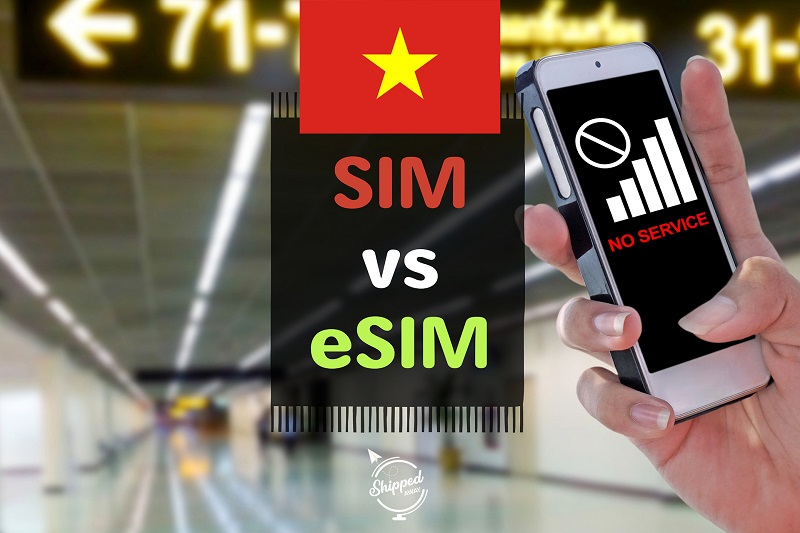When I landed late at Da Nang Airport in 2025, jet-lagged and bleary-eyed, the last thing I wanted was to queue up at a SIM counter. I’d heard of people losing precious time and sanity waiting to buy a physical SIM—but I had a trick up my sleeve: I’d pre-ordered an eSIM before my flight.

No Airport Lines—Just Fast Connection
I connected to the hotel’s Wi-Fi, pulled up the email containing my QR code, and followed the simple steps: Settings → Add eSIM → scan QR → let the phone do the rest. In under three minutes, I had stable Vietnam 4G running through the whole stay. No language issues, no paperwork, no physical cards—just seamless setup.
That’s when I realized the real advantage of using an eSIM: instant connectivity with none of the typical hassles. If you want a clear, step-by-step walkthrough like mine, check out this full guide on how to activate your Vietnam eSIM. It walks you through everything—from checking device compatibility to handling tricky scans, and works for iPhone, Android, and more.
When Setup Doesn’t Go as Planned
Sure, it’s not always perfect. On one occasion, the QR scanner failed. No panic—I switched to manual mode, typed in the activation code and SM‑DP+ address from the email, tapped ‘Add eSIM,’ and within a few seconds it worked. This guide’s troubleshooting section really came in handy for that.
Why I’ll Never Go Back to Physical SIMs
– No need for Vietnamese ID or long lines—perfect for short visits.
– Dual-SIM flexibility—I kept my home SIM for SMS and used the Vietnam eSIM purely for data.
– Travelers support—GoVnSIM offers live chat in English and Vietnamese, and a money-back guarantee if something goes wrong.
The Day It Paid Off
On my trip’s highlight day—a boat ride in Ha Long Bay—I accidentally left my hotel Wi-Fi zone. No stress. My eSIM-powered connection handled everything from navigation to confirming dinner reservations without skipping a beat. I even shared hotspots for my travel mates.

Tips from My Adventure
- Activate before arrival. Being ready upon touchdown is game-changing.
2. Keep your QR code saved in email and device. Backup means you’re never locked out.
3. Manual input saves the day. Always note activation codes as a fallback.
4. Check your device compatibility ahead of time. Most phones from iPhone XS/R and Samsung S20+ upward support eSIM, but always double-check.
Final Thought
I traveled from the lantern-lit alleys of Hoi An to the dramatic limestone peaks of Ha Long, and staying connected was effortless—thanks to a pre-activated Vietnam eSIM. It saved me time, stress, and allowed me to focus on experiencing the country, not managing connectivity.
If you’re planning Vietnam in 2025, take it from me: invest two minutes in eSIM activation before boarding. Check out the full Vietnam eSIM activation guide—you’ll arrive literally connected and ready.

